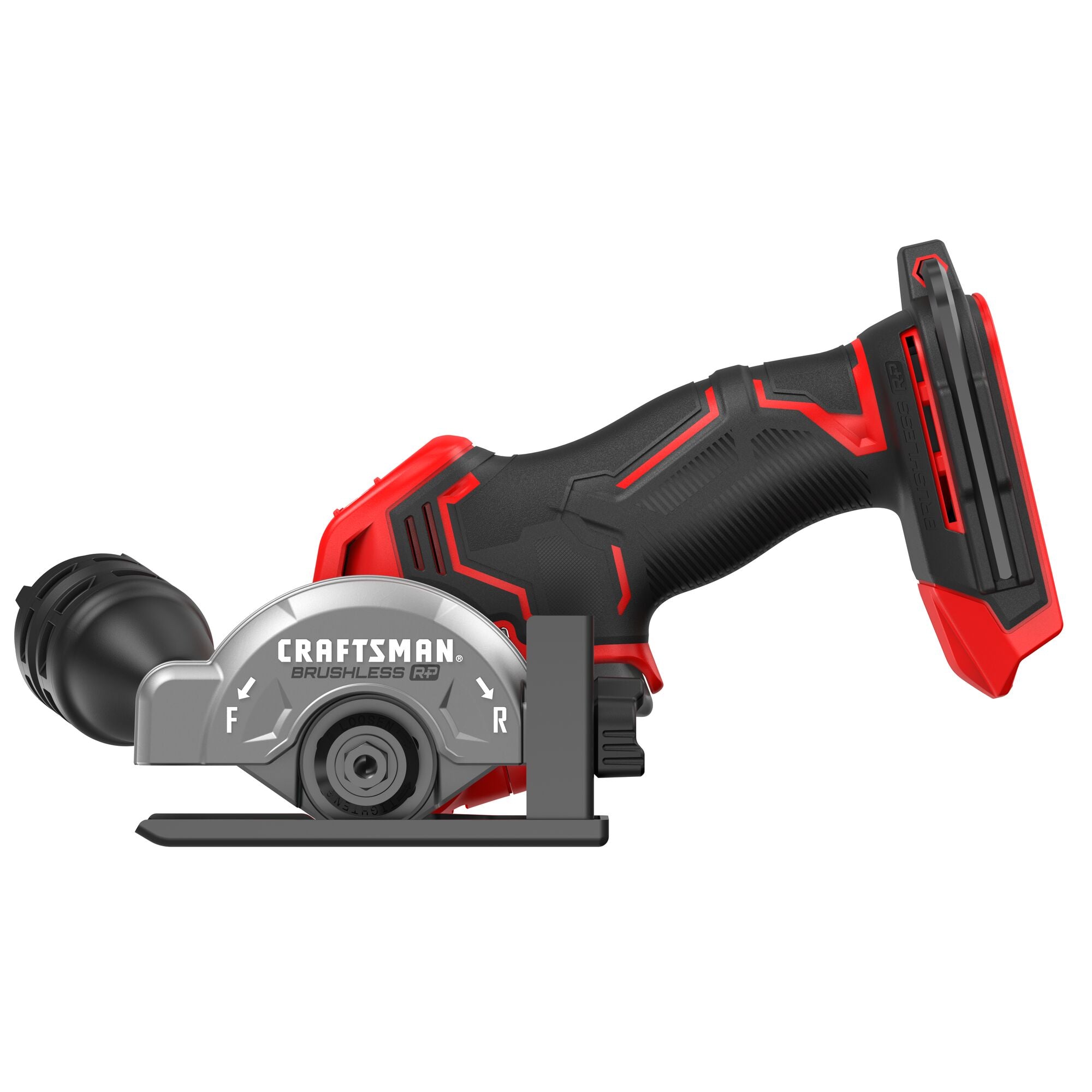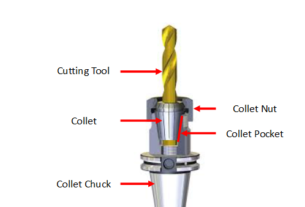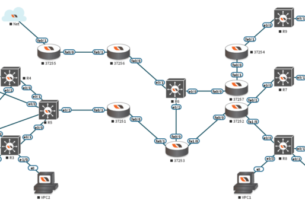When it comes to cutting through tough materials, you need a trusty tool that can handle the job. Enter the cut off tool – a versatile power tool that can slice through metal, wood, plastic, and more with ease. But with so many options on the market, how do you choose the best one for your needs? In this comprehensive guide, we’ll take you through everything you need to know about cut off tools: from their different types and features to tips on using and maintaining them.
Types of Cut Off Tools
Before we dive into the details, let’s first look at the different types of cut off tools available:
1. Angle Grinders: These are the most common type of cut off tool and are often used in construction and metalworking. They have a disc-shaped blade that rotates at high speeds to make clean cuts.
2. Rotary Tools: These smaller tools are ideal for precision cutting and can handle intricate shapes and designs.
3. Concrete Saws: As the name suggests, these specialized cut off tools are designed for cutting through concrete and other masonry materials.
4. Plasma Cutters: These high-tech tools use ionized gas to create a precise and powerful cutting beam that can slice through even the toughest metals.
Features to Consider
Once you’ve decided on the type of cut off tool you need, there are several key features to consider:
1. Blade Size: The size of your blade will determine what thickness of material you can cut. Make sure to choose a blade that’s appropriate for your needs.
2. Power Source: Cut off tools can be powered by electricity, batteries, or compressed air. Consider which power source is most convenient for your workspace.
3. Speed Settings: Different materials require different cutting speeds. Look for a tool with adjustable speed settings so you can customize your cuts.
4. Safety Features: Cut off tools can be dangerous if used improperly. Look for safety features like blade guards and lock-on switches to keep you safe while working.
Using Your Cut Off Tool
Now that you’ve chosen your ideal cut off tool, it’s time to put it to use. Here are some tips to help you make the most of your new cutting companion:
1. Choose the Right Blade: As we mentioned earlier, the blade size and type will determine what materials you can cut. Make sure to choose a blade that’s appropriate for the job at hand.
2. Use Proper Technique: When using an angle grinder or rotary tool, hold the tool with both hands and let the blade do the work – don’t force it through the material. For concrete saws and plasma cutters, make sure to follow manufacturer instructions carefully.
3. Wear Protective Gear: Cut off tools can generate a lot of dust and debris, so make sure to wear eye protection, a dust mask, and gloves when using them.
Maintaining Your Cut Off Tool
To ensure your cut off tool stays in top condition for years to come, there are several maintenance tasks you should regularly perform:
1. Keep Blades Sharp: Dull blades not only make cutting more difficult but also increase the risk of accidents. Sharpen blades as needed using a bench grinder or file.
2. Clean Regularly: Dust and debris can get trapped in your tool’s motor and cause damage over time. Make sure to clean your tool after each use and periodically disassemble it for deep cleaning.
3. Store Properly: When not in use, store your cut off tool in a dry, cool place away from moisture and direct sunlight.
Conclusion
Cut off tools are an essential addition to any DIYer or professional’s toolkit. By choosing the right type of tool with the appropriate features, using proper technique, and performing regular maintenance, you can ensure your cut off tool stays in top condition for years to come. Happy cutting!
References:
1. https://en.wikipedia.org/wiki/Cutoff_saw
2. https://www.familyhandyman.com/article/how-to-use-an-angle-grinder/
3. https://www.wikihow.com/Use-a-Rotary-Tool
4. https://www.bobvila.com/articles/best-concrete-saws/
5. https://www.millerwelds.com/equipment/plasma-cutters




